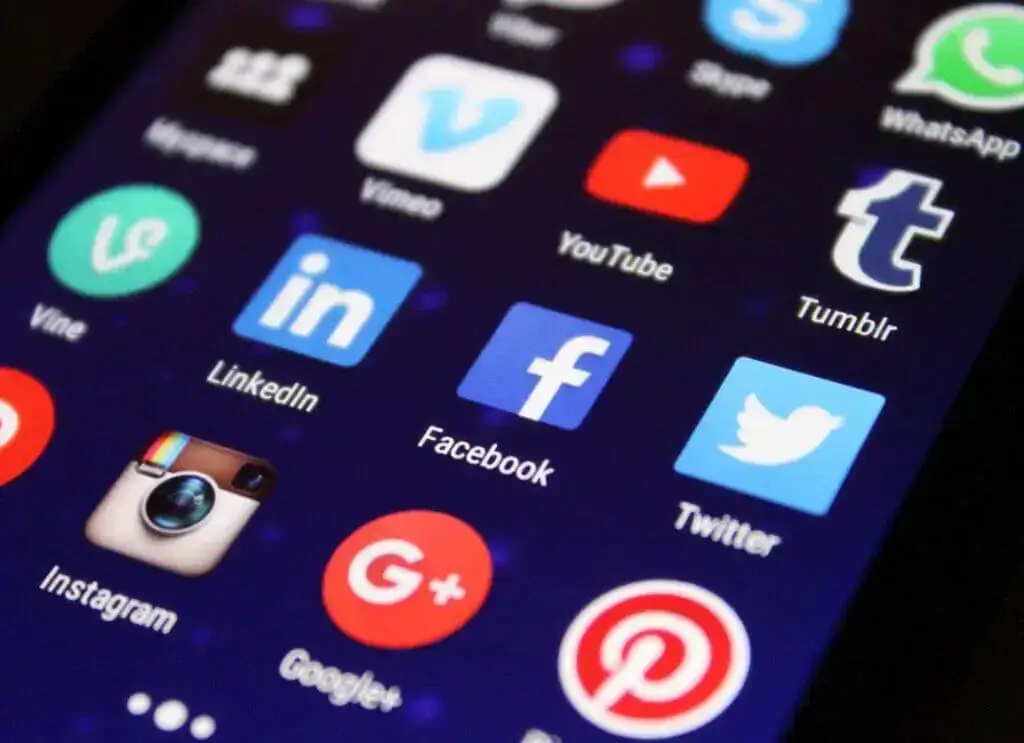Why You Need Social Media Ads
(And How They Can Help Grow Your Business)
There’s no doubt about it – social media is a powerful tool for businesses of all sizes. Not only can it help you connect with more customers and build relationships with them, but it can also be a great way to promote your products and services. But if you’re not using social media ads, you’re missing out on a huge opportunity to grow your business. In this blog post, we’ll take a look at why social media advertising is so important, and we’ll also explore the different platforms that are available to help you meet your objectives.
When it comes to social media advertising for apps and websites, the most important thing you need to consider is what platforms are best suited for your goals. Different platforms offer different features and advantages, so it’s important to take some time to think about which ones would be most beneficial for your business. For example, Facebook Ads are great for creating highly targeted campaigns, while Twitter Ads are excellent for reaching a large number of people in a short time frame.

Advertising Budget
Another important factor to consider is the budget you have available for your campaigns. Social media ads can be quite expensive, so it’s important to create a realistic budget that you can stick to. You should also look into different payment models, such as pay-per-click (PPC) or cost-per-action (CPA). This will help you make sure that you’re getting the most out of your advertising spend.
Pros and Cons of key platforms
Pros:
- With over 2.7 billion monthly active users, Facebook is the largest social media platform, making it a great place to reach a large audience.
- Facebook allows for highly targeted advertising, allowing you to narrow down your audience based on factors such as location, age, interests, and more.
- The platform offers a variety of ad formats, including image ads, video ads, carousel ads, and more, giving you the flexibility to choose the best format for your business.
- Facebook’s advertising algorithms are highly advanced, allowing you to optimise your ad campaigns for maximum effectiveness.
- Detailed analytics and tracking available.
Cons:
- Facebook’s ad costs can be high, especially for competitive industries.
- The platform has faced criticism for its handling of user data and privacy, which could be a concern for some businesses.
- Recent changes to tracking implemented by Apple have reduced the effectiveness of audience targeting.
- Ad fatigue (users becoming desensitised to ads) can occur
Pros:
- With over 1 billion monthly active users, Instagram is a popular platform for businesses to advertise on.
- The platform is particularly popular with younger audiences, making it a great choice for businesses targeting that demographic.
- Instagram allows for visually appealing ad formats, such as image and video ads, which can be especially effective for businesses in the fashion, beauty, and lifestyle industries.
- Option to run ads on both Instagram and Facebook through the same ad account.
- Detailed analytics and tracking available
Cons:
- Instagram’s ad costs can be high, especially for competitive industries.
- The platform is mostly geared towards visual content, which may not be the best fit for all businesses.
- As with Facebook, audience targeting is less effective than in the past
Pros:
- With over 330 million monthly active users, Twitter is a good alternative to the more popular platforms.
- The platform is known for its real-time nature, making it a great choice for businesses looking to get their message out quickly.
- Twitter allows for targeting based on keywords, interests, and behaviors, giving you the ability to reach a highly targeted audience.
- Twitter’s ad costs are generally lower than those of other platforms.
- Detailed analytics and tracking available
Cons:
- Twitter’s audience is generally smaller than that of other platforms, which may limit the reach of your ad campaigns.
- The platform is known for its fast-paced nature, which can make it difficult for businesses to get their message across effectively.
Pros:
- LinkedIn is a professional networking platform, making it great for B2B businesses.
- Targeting options allow businesses to reach specific industries and job titles.
- LinkedIn has a higher conversion rate compared to other social media platforms for B2B campaigns.
Cons:
- LinkedIn can be expensive for businesses, as it has a higher cost-per-click rate.
- LinkedIn’s audience may not be as engaged as other social media platforms.
- LinkedIn’s advertising options are limited compared to other platforms.
TikTok
Pros:
- TikTok has a younger and highly engaged audience.
- TikTok’s unique format allows for creative and interactive ad content.
- TikTok’s cost-per-click rate is relatively low compared to other advertising channels.
- Detailed analytics and tracking available
Cons:
- TikTok is a newer platform and may not have the reach of more established social media channels.
- TikTok’s algorithm is not fully understood, making it difficult to predict ad performance.
- TikTok has faced controversy and backlash, leading some businesses to avoid advertising on the platform.
Measuring results
Finally, when running social media ads, it’s essential to track and measure your results in order to ensure that your campaigns are effective. Tools like Google Analytics can provide valuable insights into how well your campaigns are performing, helping you to optimize your campaigns and increase ROI.
Social media advertising can be a great way to reach out to potential customers and grow your business. It’s important to take the time to research which platforms are best suited for your objectives, create a realistic budget, and measure your results in order to get the most out of your campaigns. By following these steps, you’ll be well on your way to success with social media ads!
